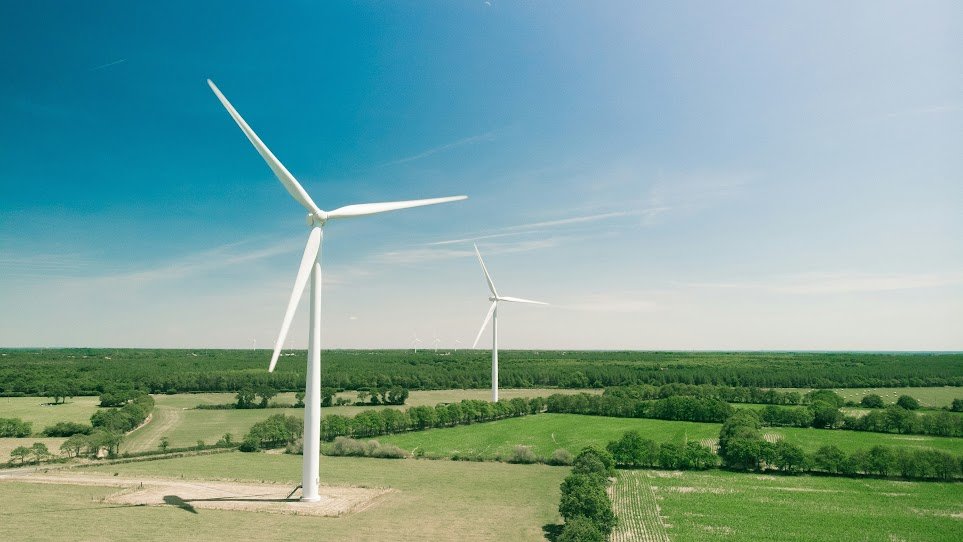The Danube River, crucial for trade and energy in Europe, is experiencing drastic fluctuations in its water levels. Recent measurements indicate that the river’s flow at the Romanian border has plummeted to 2,150 cubic meters per second—only 40% of its average flow for July. Earlier this year, the river surged to peaks of 8,000 m³/s, illustrating the volatility that climate change exacerbates.
This erratic behavior raises pressing concerns for infrastructure and trade, especially as the Danube facilitates $25 billion in annual cargo movement. In 2022, low water levels stranded numerous barges, while the potential for this year’s unpredictable flows could lead to catastrophic flooding reminiscent of the €3.6 billion damage from the 2002 floods. Key ports such as Constanta and Sulina, essential for transporting Ukrainian grain post-2022, are now operating at diminished capacity due to draft restrictions.
To adapt to these challenges, stakeholders are investing in alternative transport options beyond river routes. The European Union’s Trans-European Transport Network (TEN-T) is designed to enhance rail and road connections across member states. Companies like SNC-Lavalin, which is engaged in European rail projects, and CEVA Logistics, specializing in multimodal freight, are poised to benefit as shippers seek reliable alternatives.
In the realm of hydropower, utilities like Hidroelectrica, which supplies 40% of Serbia and Romania’s energy, face a dilemma. The Iron Gates complex operates at just 60% capacity due to underinvestment in maintenance. While increased river flows could enhance energy output, systemic inefficiencies result in lost opportunities. Investors should consider supporting firms that are modernizing hydropower infrastructure or transitioning to renewable energy sources. Companies such as Vestas Wind Systems and NextEra Energy are examples of entities that thrive by diversifying their energy portfolios. In Europe, Enel Green Power is expanding its solar and wind operations to mitigate the vulnerabilities associated with hydropower.
The International Commission for the Protection of the Danube River (ICPDR) projects a concerning future, with expectations of 20% lower summer flows by 2050 and more frequent flooding events. This combination of challenges favors companies that develop adaptive technologies. Aker Solutions, which designs infrastructure resistant to flooding, and Siemens Gamesa, which integrates hydropower with digital grid management, are well-positioned for growth.
Moreover, the geopolitical landscape surrounding the Danube adds another layer of complexity. The EU’s Green Deal aims for a 40% renewable energy target by 2030, while ongoing blockades of Ukraine’s Black Sea ports since 2022 have redirected cargo flows through the Danube, putting further strain on the region’s infrastructure. Investors must stay attuned to these geopolitical dynamics and monitor regulatory changes, particularly as the EU seeks to classify hydropower as sustainable under its Taxonomy rules.
The fluctuations in the Danube River serve as a reflection of broader challenges in European infrastructure and energy sectors. Investors should take proactive steps by: 1. Investing in infrastructure funds that focus on rail and road diversification, such as the iShares Global Infrastructure ETF. 2. Prioritizing renewable energy firms over traditional hydropower, emphasizing those with hybrid energy strategies. 3. Supporting technology companies that are developing solutions to counter climate risks.
The volatility of the Danube highlights an urgent need for diversification in transport logistics and modernization of energy systems. Those who strategically invest in resilience and adaptability will be positioned to benefit from the forthcoming transformations in European infrastructure.




